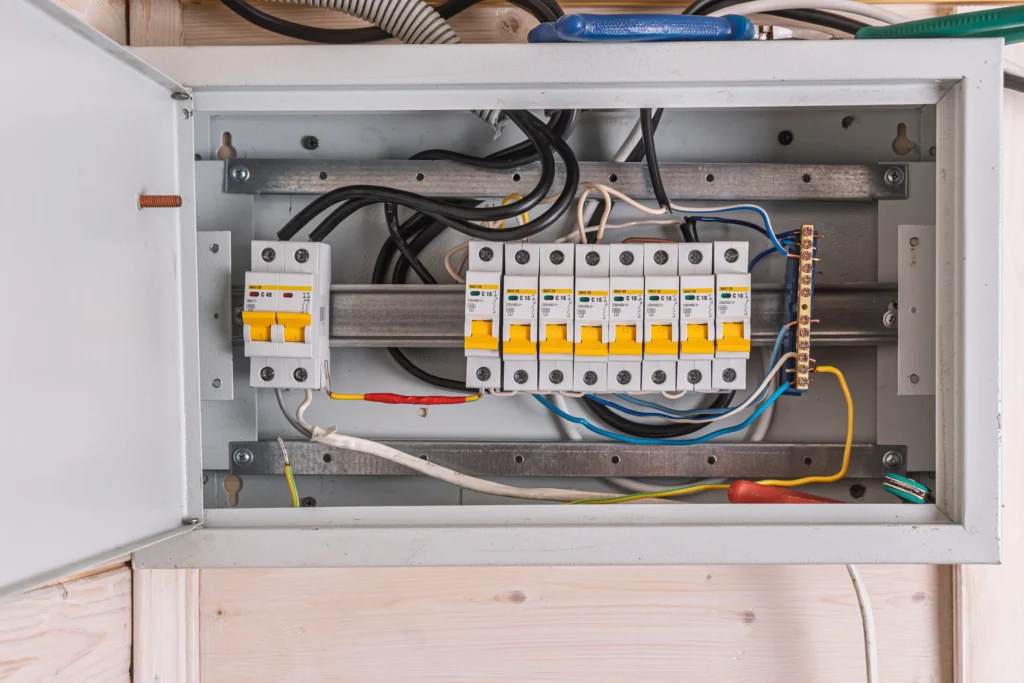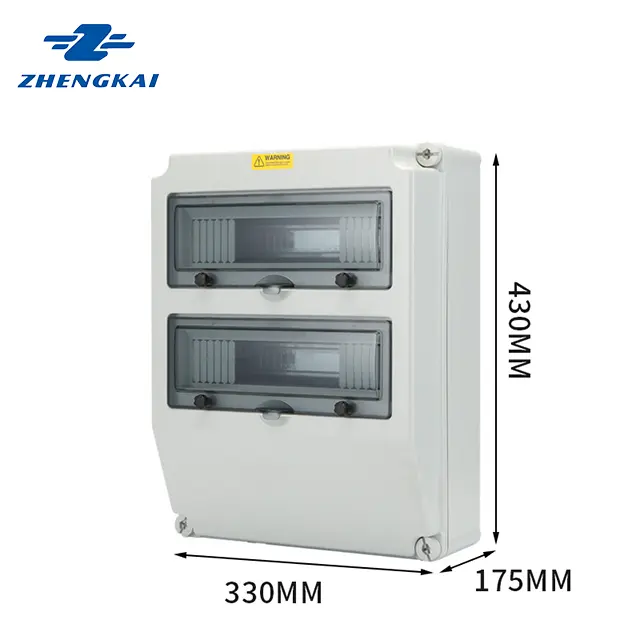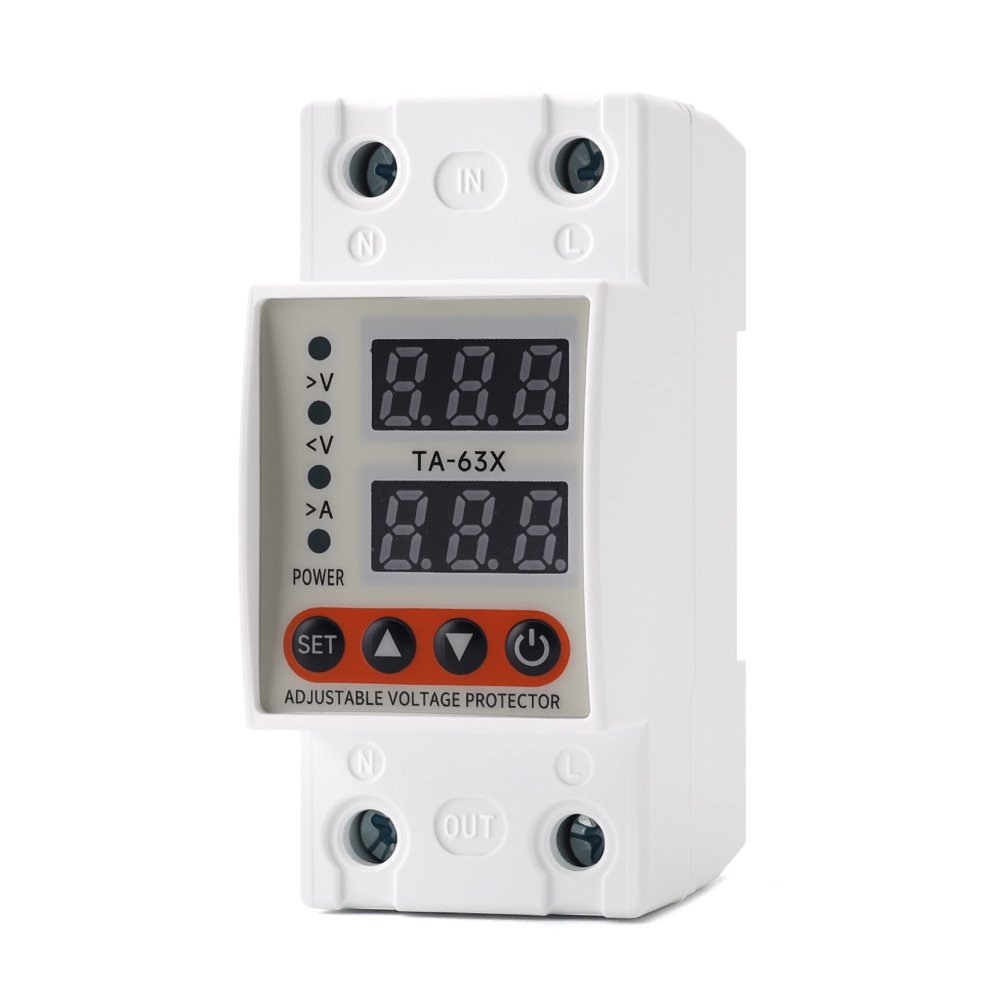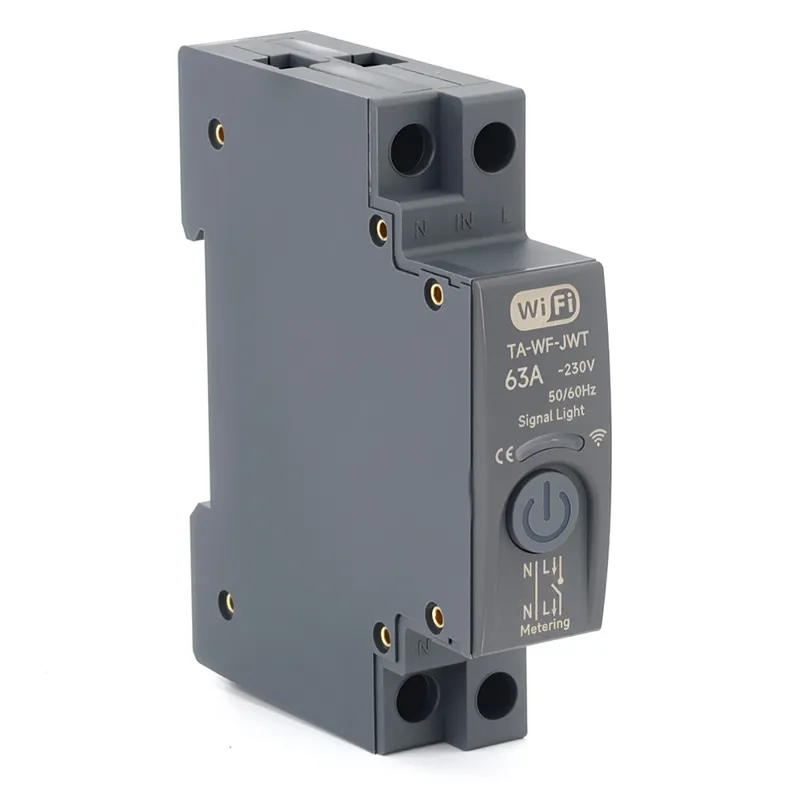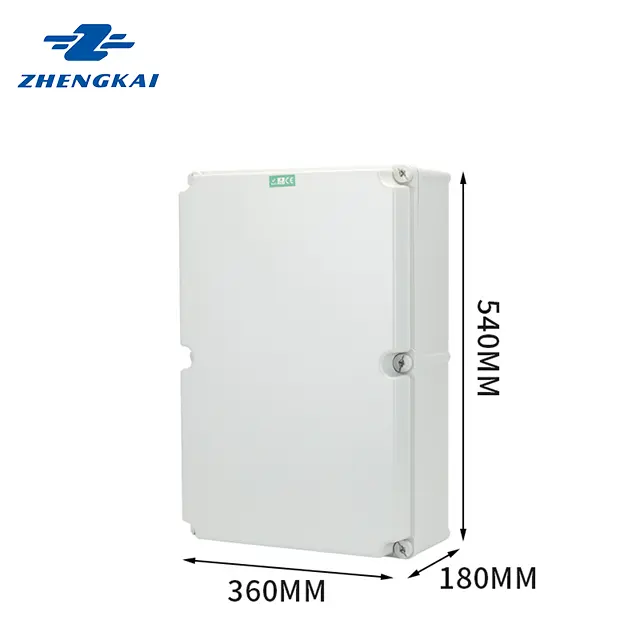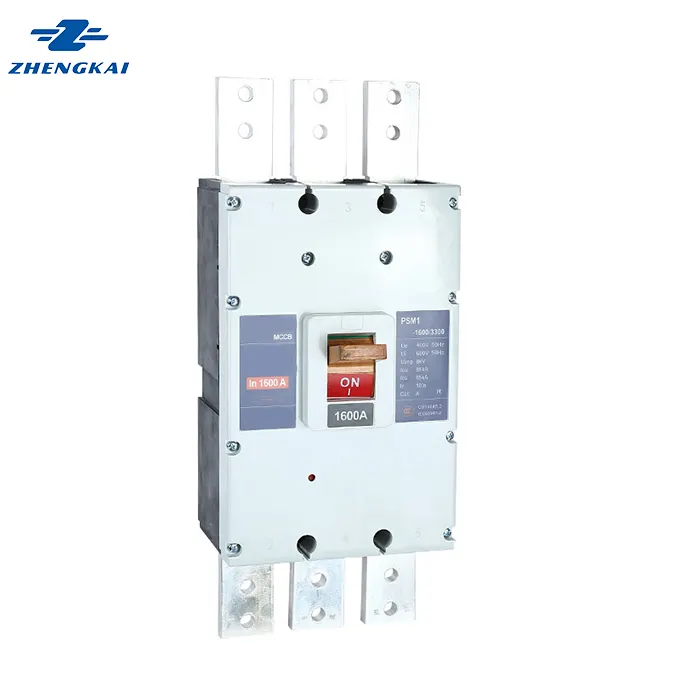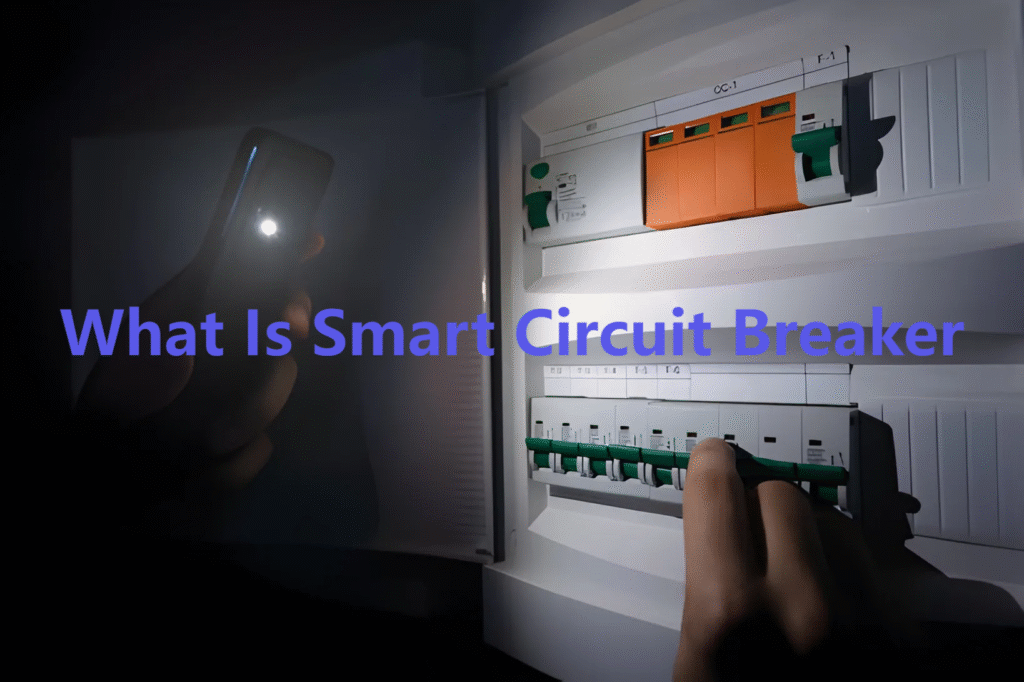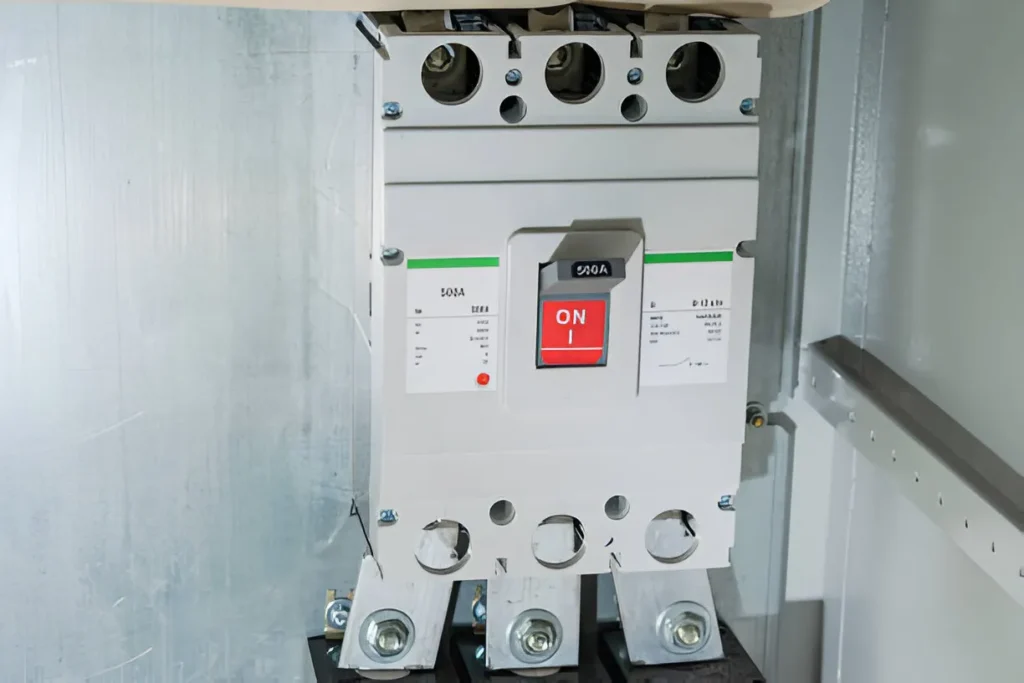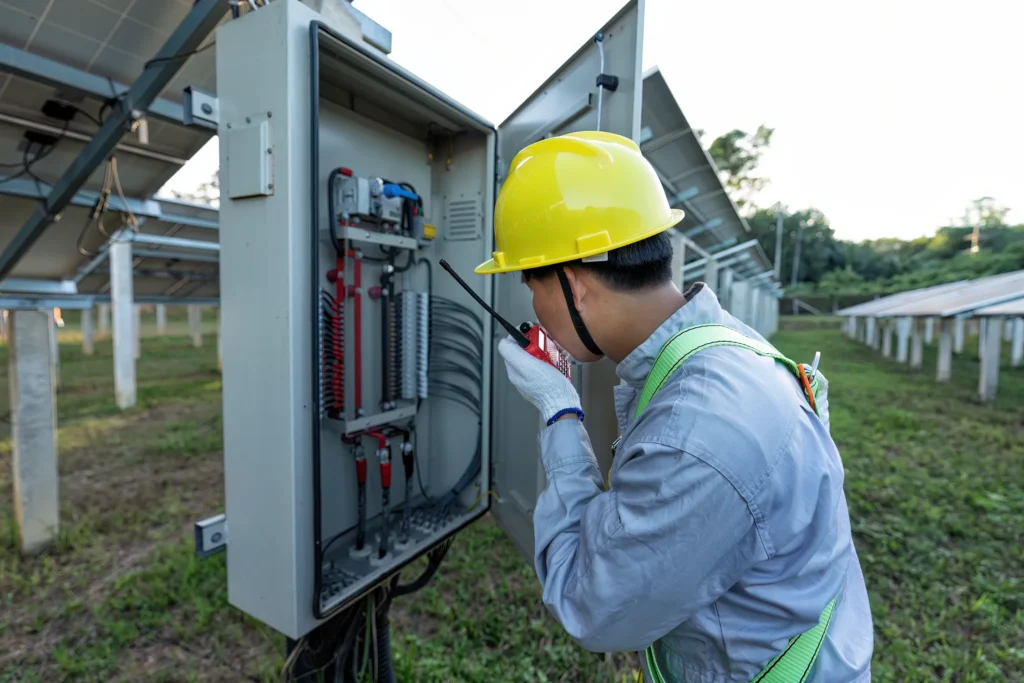Table of Contents
A distribution boxes acts as the load center and main distributor of electrical power within a building.
Also called a distribution board, panel board, breaker panel, or electric panel, it is the central hub in an electrical system that divides incoming power into various subsidiary circuits. Each circuit is safeguarded by a protective fuse or circuit breaker.
Inside a distribution box are components like circuit breakers, earth leakage units, doorbells, and timers. The building’s electrical power enters through the main feeding cable, which connects to the distribution board. From there, the power is distributed through the breakers to secondary circuits such as lighting and power outlets. Essentially, the distribution box ensures the safe and organized distribution of electricity throughout the property.
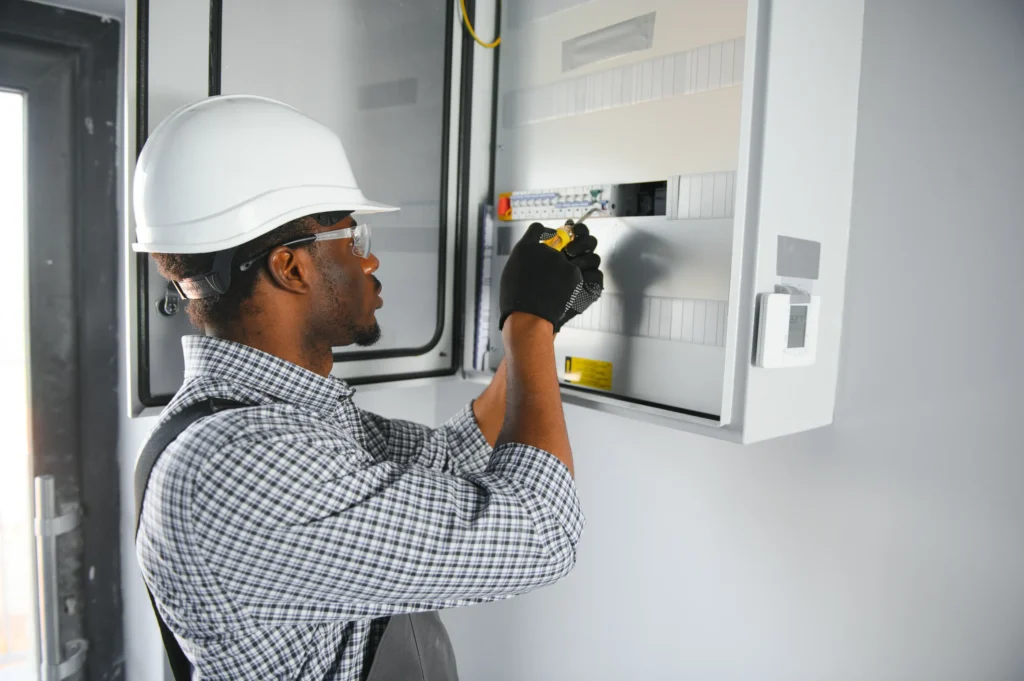

Components of a Distribution Box
A distribution boxes structure and technical details vary to meet different requirements and locations. Typically, it includes several essential components that contribute to its function:
- Bus Bar: A conductor that distributes power to multiple outgoing circuits.
- Fuse Links: Protective devices that interrupt excess current to prevent damage.
- Switches: Controls for turning circuits on or off.
- Bypass Equipment: Auxiliary components allowing alternative circuits or maintenance.
- Residual Current Detector (RSD/RCCB): A safety device that detects leakage currents and cuts off power to prevent electric shocks.
- Surge Protective Devices: Protect the system from voltage spikes.
- Earth Resistance Connection: Ensures proper grounding between the electrode and zero potential point.
These parts support residential electrical installation by managing incoming supply through a main circuit breaker or switch, distributing power via the consumer unit, and safeguarding the system from overloads and faults.
Key Safety and Design Considerations Include:
- Fuse links must effectively block overcurrent to protect wiring and devices.
- The box should accommodate sufficient space for wires, fixtures, and cables to prevent overcrowding.
- Materials used should resist corrosion to maintain durability.
- High-quality wiring is critical for overall system safety and reliability.
By combining these components and considerations, a distribution box ensures organized, safe, and efficient power distribution within a building.
Main Functions
The primary roles of a distribution box include:
- Dividing the main power supply into smaller sub-circuits based on their specific uses.
- Protecting people and equipment by preventing short circuits.
- Sending power from the main source to various areas within the property.
There are several types of distribution boards designed to meet different distribution needs, and many can be customized to fit particular requirements.
Type of Distribution Boxes
The main breaker panel is the most widely used type of distribution box and is essential for any property. Its key functions are:
- Protecting circuits by controlling the amperage capacity to prevent overload.
- Preventing circuits from overheating.
- Shutting off the power supply, including the circuit breaker, in the event of a short circuit to keep the system safe.
Types and Functions of Different Distribution Boxes
Main Lug Panel
This type of distribution box is typically used downstream of a main breaker. The line wires connect directly to the lugs. It can also serve as a sub-panel when linked to a breaker from the main panel. In an emergency or fire, a separate disconnect at the meter can act as the main breaker, cutting off power before it enters the building.
Sub Panel
Subpanels are ideal when multiple circuits are needed in one area. They are easy to install, safe, and efficient for homes. Connected to the main panel by a circuit, subpanels draw power and redistribute it locally to specific sections. Functioning as satellite breaker panels, they provide power distribution within a property. However, subpanels do not feature a main disconnection switch.
Transfer Switch
A transfer switch—a specialized subpanel—is used to switch power between two sources, such as regular electricity and a generator. It transfers generator power to the electrical system via the breaker panel. Transfer switches are useful for backup power during unstable weather or outages. There are two types:
- Manual Transfer Switch: Requires manual operation to shift load to backup power.
- Automatic Transfer Switch: Automatically shifts power to a generator during outages, preferred for convenience and seamless operation.
Panel Fuse Bank
This panel acts as the load center for a distribution system and protects circuits from overcurrent. It’s well-suited for solar power setups, where energy is stored on solar panels, then routed through the fuse bank before reaching the home’s electrical system.
Unitized Panel
These panels contain electronic meters displaying electrical parameters. They are used in power centers to supply low voltage power from medium-voltage lines, commonly found in industrial and commercial settings.
Industrial Lighting Panel
Designed to reduce energy use in industrial facilities by programming lights to turn off during idle periods, helping to increase energy efficiency.
Power Distribution Box
Power distribution boxes, also known as Power Distribution Units (PDUs) or distros, play a vital role in safely distributing electricity from a power source to multiple devices within a circuit. With one input and several outputs, these boxes allow multiple devices to connect through the distro instead of directly to the power supply. This setup enhances safety while making power distribution more efficient and convenient.
These power distribution boxes come in various shapes, sizes, and designs, which can be customized based on specific needs. They can vary in input and output voltages, the number of input connections, and often include added safety features such as Miniature Circuit Breakers (MCBs) and Residual Current Breakers (RCBs).
One major benefit of power distribution boxes is that they reduce the need for numerous direct connections to the power source. This limits excess wiring, saving energy and reducing clutter in the circuit. Streamlined wiring not only improves operational efficiency but also minimizes power wastage. Furthermore, fewer exposed wires create a safer environment for both workers and visitors by reducing the risk of trips and entanglements caused by cables.

